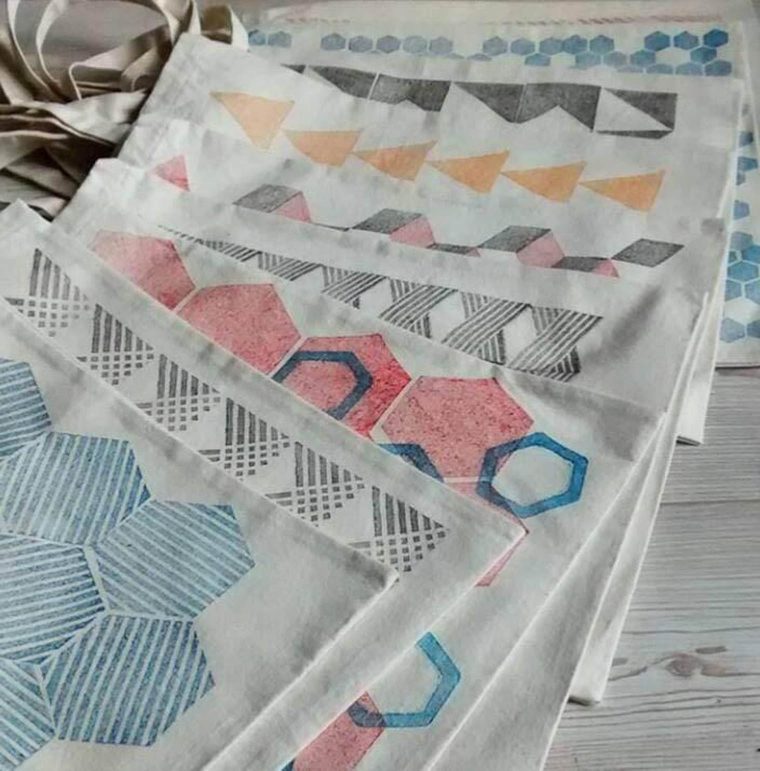For the love of print
By Tamsin Denley
Before I started working with Bespoke at the start of this year, the word ‘print’ would bring to mind my husband’s hobby business, which stems from his fascination with printed textiles and DIY. When inspiration takes him, he carves geometric designs out of blocks of wood, and using this old-as-time low tech method with primary-coloured inks, creates understated yet beautiful designs on cushions, bags and t-shirts which we have around our home (most get sold on Etsy).
This September I attended Labelexpo, one of the largest tradeshows in the ‘print’ industry. I was amazed by the high-level of technology that is used to create all manner of ‘every day’ printed items, from the labels on food and drink packaging to signage, and of course during the tradeshow, thousands of printed brochures, posters and magazines. Walking around the show, it was difficult to comprehend how many different machines, materials and processes go into producing items that we take entirely for granted. For example, have you ever considered the technology that is behind food labels which use particular inks and adhesives that make them food-safe, or how multi-page labels are produced for pharmaceuticals, to provide all the information required by law? Many of the sample printed labels I saw at Labelexpo represent years of research and advances in chemistry and engineering to bring us the printed experience that in ‘real’ life have an enormous influence on which shampoo or beer we choose to buy.
One of my favourite “Printed experiences” is the label for Perrier Jouet champagne. The white anemones, outlined in shining gold and curled around the bottle are so pretty and decorative, that the label transforms the bottle itself into a desirable item (never mind the contents). The design is truly iconic, and the brand even produced electroluminescent labels for special edition which could actually light up. ‘Print’ technology has truly come a long way from carved blocks of wood.






